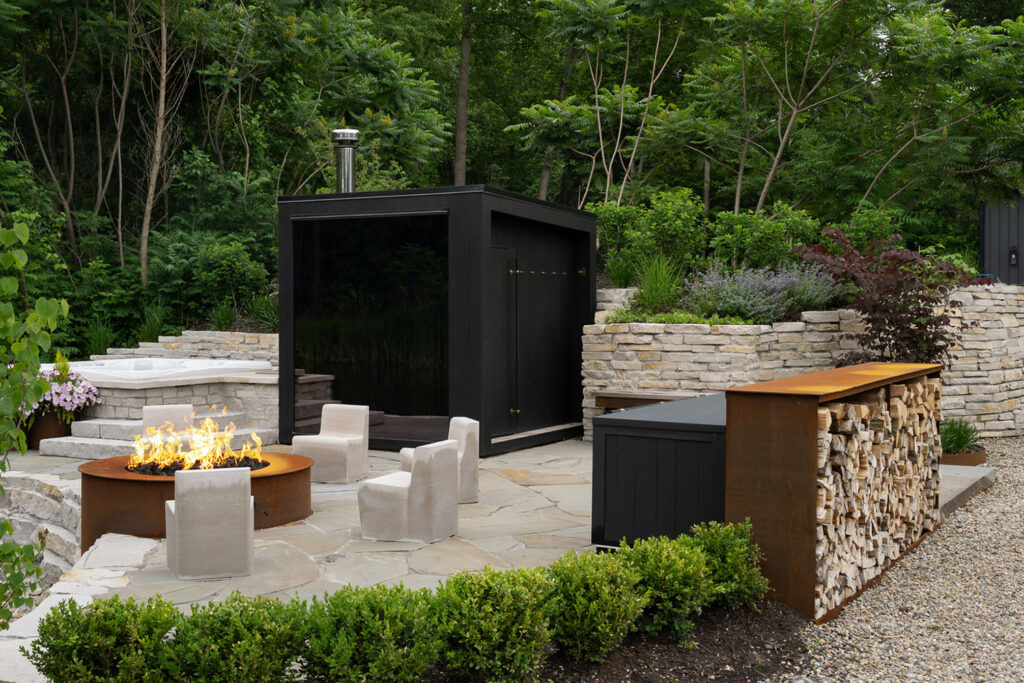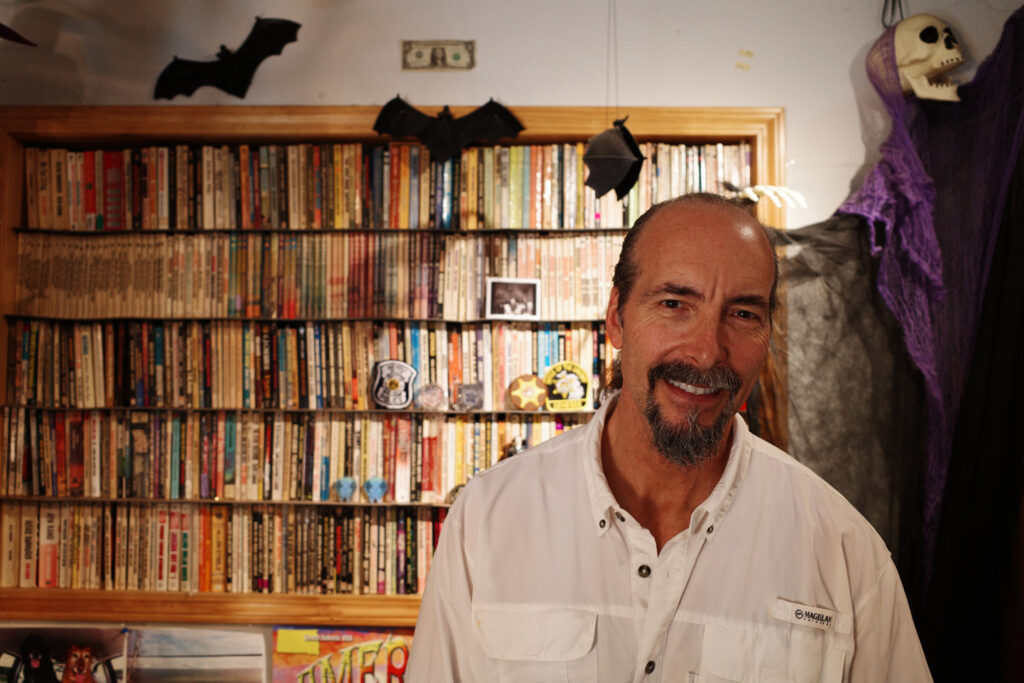Most people have never experienced a proper sauna. Before meeting my Finnish friend, Sami, I didn’t know what separated authentic sauna from the disappointing imitations flooding North America.
I’ve learned that the regular use of sauna and other heat exposure can reduce mortality by cardiovascular events, stroke, and all-cause mortality.

But the massive health benefits aren’t found in the watered-down versions most people experience—they come from proper sauna done the Finnish way. Understanding common misconceptions is the first step toward experiencing authentic sauna.
Misconception 1: Indoor Saunas Are the Same as Outdoor Saunas
Most people assume that as long as you’re sitting in a hot room, you’re getting the sauna experience. This couldn’t be further from the truth. The location of your sauna determines whether you’re getting authentic thermal therapy or an expensive disappointment.
Indoor saunas fight a losing battle against your home’s systems, creating a fundamentally compromised experience.
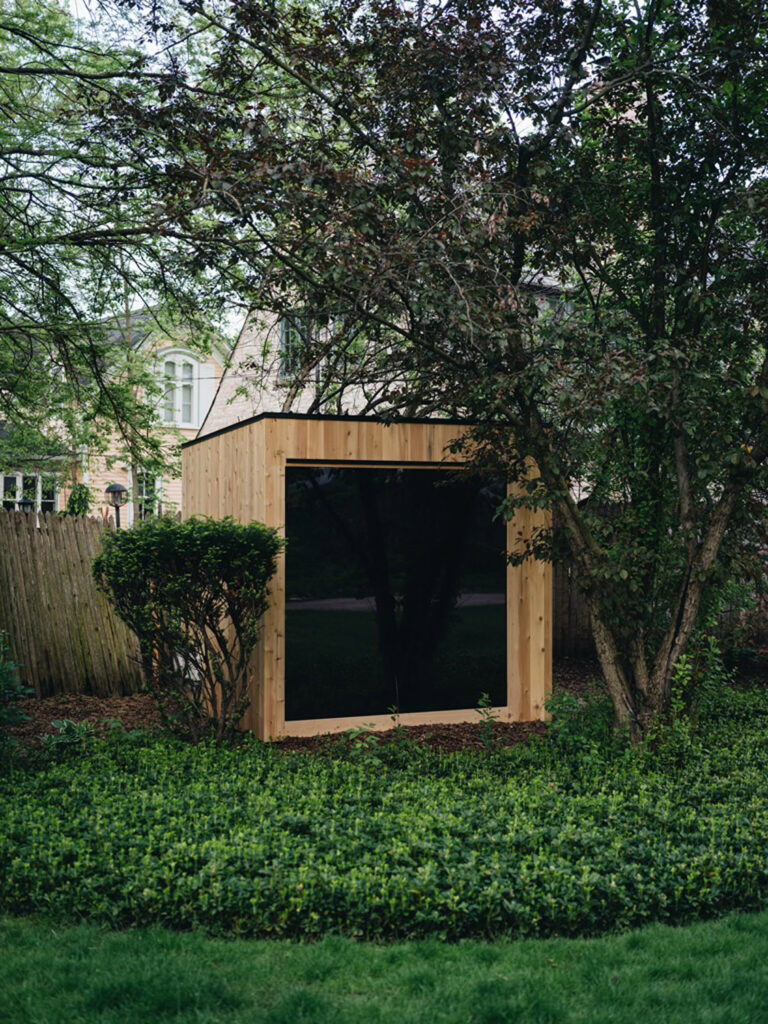
You won’t necessarily feel it, but a well-ventilated sauna will feel hotter than a poorly ventilated sauna, as warm air is passing over our bodies on the sauna bench. However, achieving this indoors requires powerful exhaust fans that shatter the meditative quality that makes sauna special.
The quiet contemplation that defines a proper sauna becomes impossible when you’re listening to the constant drone of mechanical equipment fighting to manage the thermal chaos you’ve created inside your home.
Misconception 2: Sauna Is Best Done Solo
Sauna is also not done alone. The communal aspect isn’t just cultural preference—it’s integral to the authentic sauna experience and its health benefits.
Western wellness culture has reframed sauna as a personal meditation practice, something you do alone to “find yourself.” But the Finns have been perfecting sauna for thousands of years, and they’ve discovered something profound: The sauna has been a gathering place for family and friends for centuries.
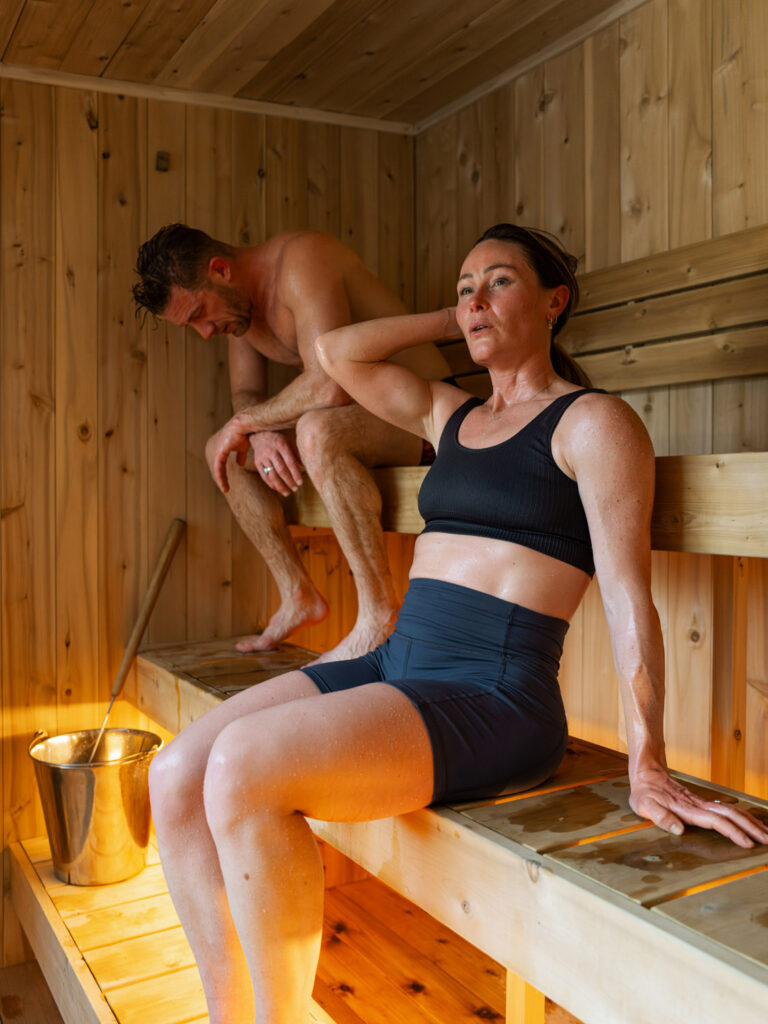
And sauna etiquette, which frowns upon swearing or discussing controversial topics while bathing, is instilled in Finns during childhood.
This isn’t just tradition—it’s optimization. When you share a sauna with others, you create a natural rhythm of heat exposure, cooling periods, and social recovery that enhances the stress-reduction benefits.
The heat strips away pretense. Social barriers dissolve. The conversations that happen in a sauna—about life, goals, struggles, dreams—create bonds that extend far beyond the hot room. This social connection is itself a powerful health intervention.
Misconception 3: Dry Heat is Superior to Steam
Perhaps no misconception is more destructive to the sauna experience than the idea that “dry heat is better.” This belief has spawned an entire industry of infrared units and dry heat chambers that miss the fundamental essence of what makes sauna therapeutic.
The magic happens when water meets properly heated rocks—this is löyly, the soul of authentic sauna.
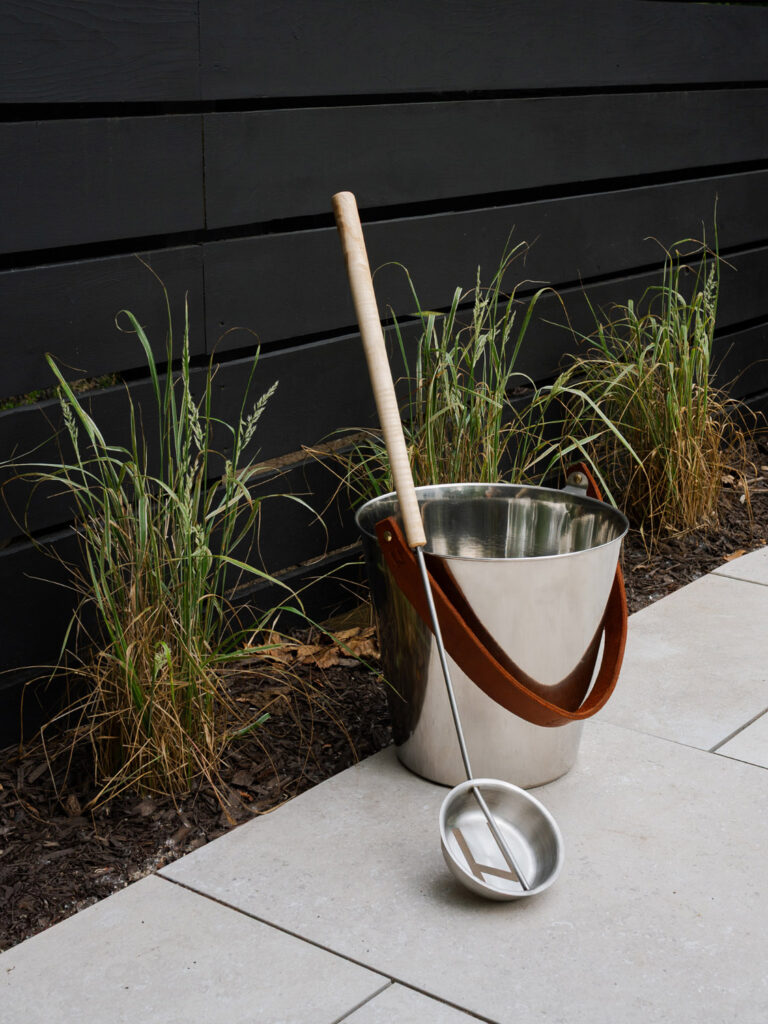
Here’s the paradox most people miss: Proper löyly makes higher temperatures more comfortable, not less. In Finnish, löyly refers to the steam created when water is thrown on heated rocks. But it’s much more than steam—it’s the entire phenomenon of heat transfer, humidity management, and sensory experience that defines authentic sauna.
The humidity from water on hot rocks creates a heat-transfer mechanism that allows your body to tolerate—and benefit from—temperatures that would be oppressive in dry conditions. This is why the ambient air in a wet sauna, however, has higher relative humidity, which, in combination with the heat, is typically more effective than dry heat.
Misconception 4: Lower Temperatures are “Good Enough”
The most dangerous misconception might be the most subtle: the idea that a warm room is equivalent to a therapeutic sauna. This belief has led to an epidemic of lukewarm “saunas” that provide minimal health benefits while giving people the false impression they’re receiving authentic thermal therapy.
The biological magic happens at these higher temperatures because of heat shock protein activation. Heat shock proteins increased by ~50% after 30 minutes in a 163-degree Farenheit sauna in healthy young men and women. Once activated, heat shock proteins can remain so for up to 48 hours.
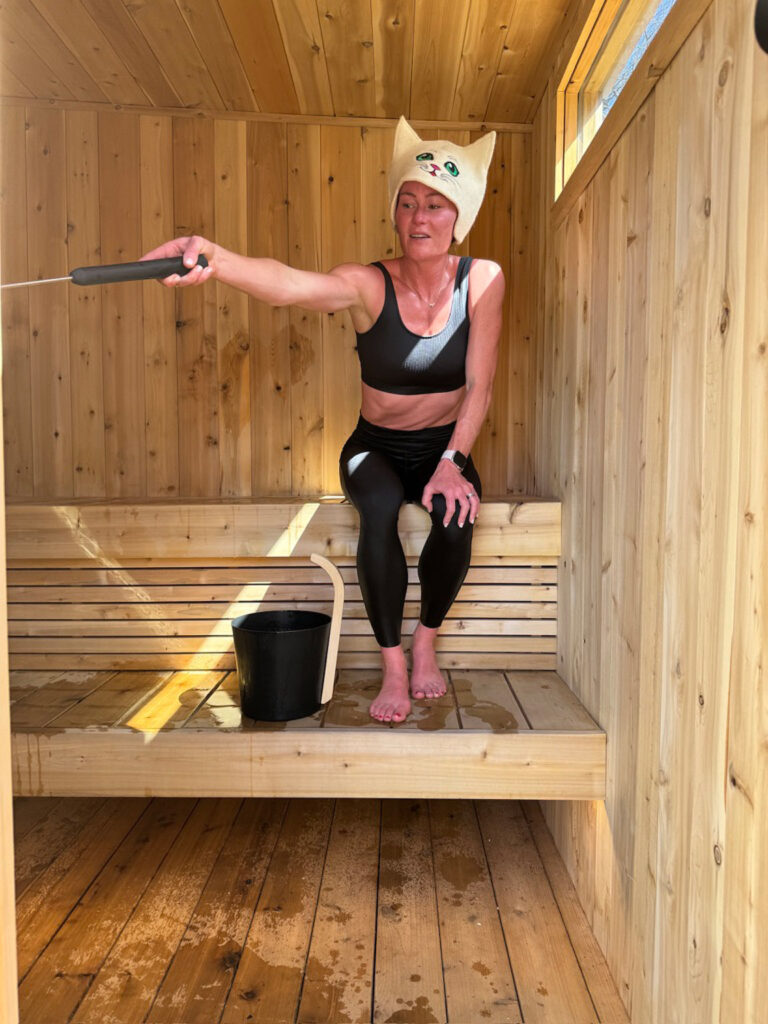
But here’s the crucial point: heat shock proteins are a group of proteins produced by cells in response to heat or other forms of stress. If your sauna isn’t hot enough to create this controlled cellular stress, you’re not activating the protective mechanisms that deliver the health benefits.
Temperature alone isn’t enough—you need proper temperature distribution. The less head-to-toe temp difference the more comfortable and enjoyable the sauna. Finns and others aim for the foot bench to be no more than 15 to 20% cooler than the head temperature.
Not Just a Hot Room
Your sauna should feel like a warm embrace that surrounds your entire body evenly, from head to toe. It should provide the gentle heat that allows long, contemplative sessions. It should offer a space where conversation flows as freely as the löyly steam.
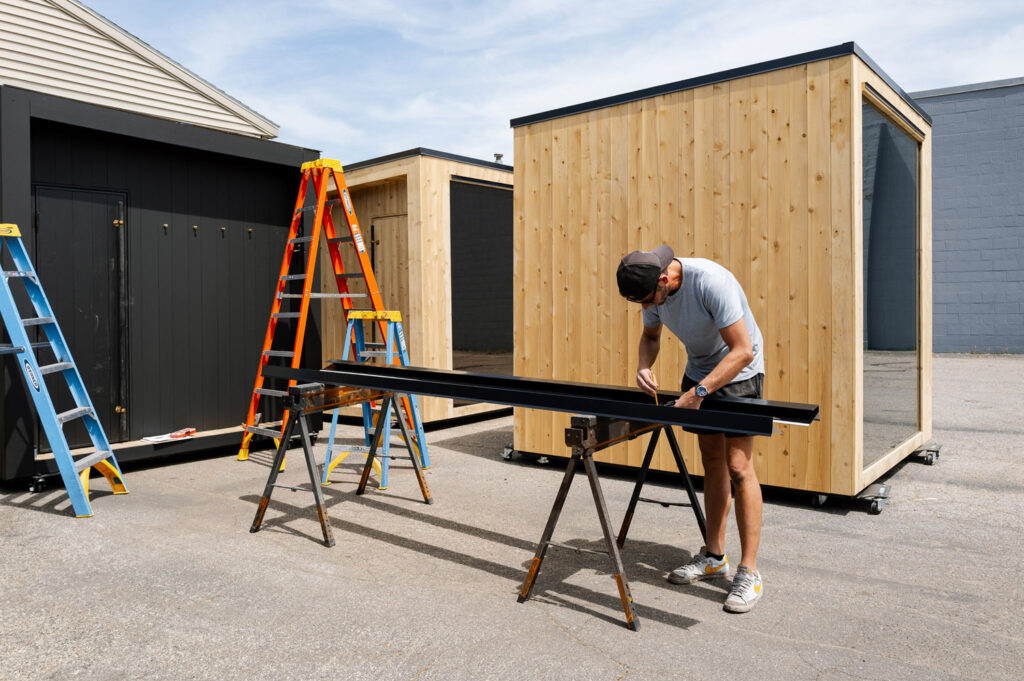
Most importantly, it should deliver the therapeutic experience that Finnish families have treasured for generations—and that modern science now confirms as one of the most powerful longevity interventions available to us.
David Stoffer is founder of Nightjar Sauna.
